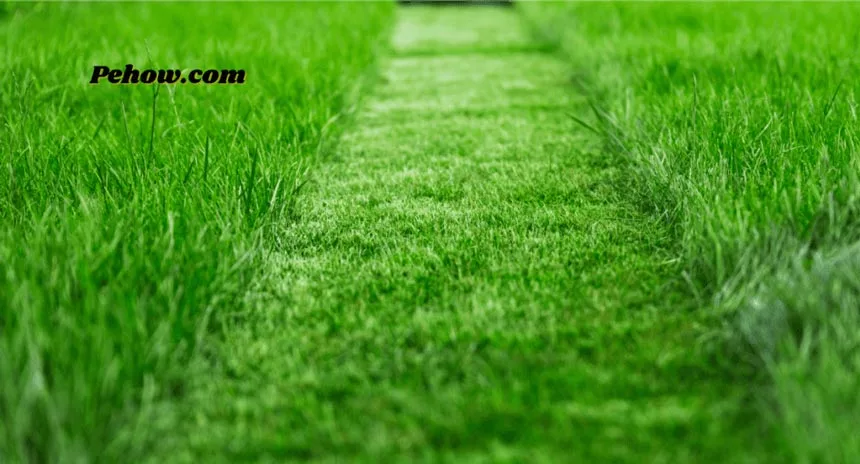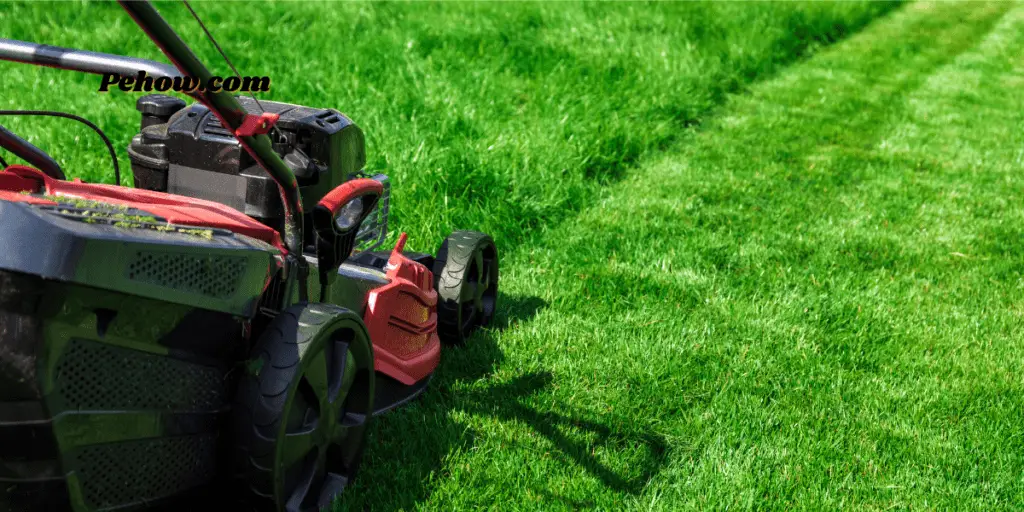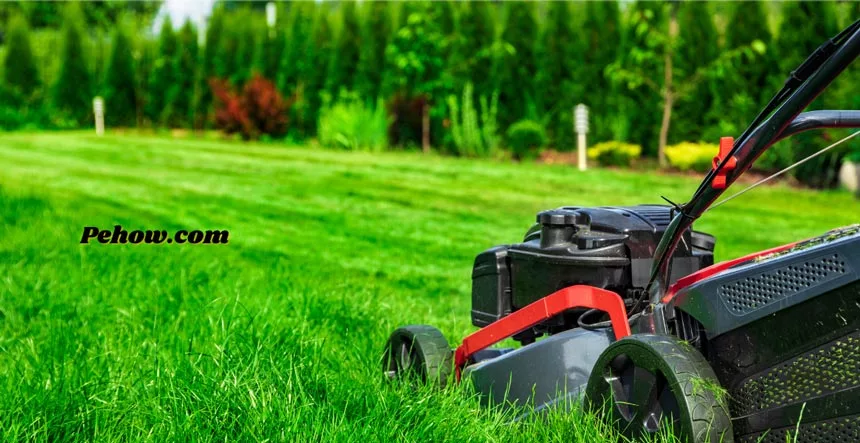Scarifying is the process of removing dead or damaged grass in order to make way for new growth.
If your lawn has been looking a little worse for wear, scarifying may be just what it needs to get back on track. In this article, we will discuss how to scarify a lawn and what to do afterward in order to revive it.
Scarifying is the process of removing dead or damaged grass in order to make way for new growth. If your lawn has been looking a little worse for wear, scarifying may be just what it needs to get back on track.
Why scarifying it is necessary for the lawn

There are many reasons why scarifying your lawn may be necessary. One of the most common reasons is that the lawn has become too thick and matted down. When this happens, water and nutrients can’t get through to the grass blades, which can lead to problems like scalping, weed growth, and disease. Scarifying your lawn will help to loosen up the soil and thatch, allowing water and nutrients to reach the grass blades.
How to scarifying a lawn

Scarifying a lawn is a way to make it look better. It can be hard to do, but with the right instructions, you can do it in no time.
There are a few things you need to do before you can start scarifying your lawn. Make sure you have the following:
- Scarifier
- Lawnmower
- Garden rake
- Wheelbarrow
Once you have all of the necessary tools, you’re ready to start the process. Here are the steps:
– Mow your lawn as short as possible. This will help the scarifier do its job more effectively.
– Using the scarifier, go over the entire lawn in a back and forth motion. Be sure to overlap each pass so that you don’t miss any spots.
– After you’ve gone over the entire lawn, rake up all of the thatch that has been removed.
– Put the thatch in a compost pile or in a green waste bin.
– Water your lawn deeply to help it recover from the scarifying process.
Now that you know how to scarify a lawn, here are a few tips on how to make it grow faster:
1. Fertilize your lawn regularly. This will help it to develop a strong root system.
2. Water your lawn deeply and infrequently. This will encourage the roots to grow deeper into the ground.
3. Mow your lawn frequently. This will help it to develop a strong, dense grass canopy.
4. Avoid compacting the soil. This will help the roots to breathe and the grass to grow more vigorously.
5. aerate your lawn regularly. This will help to improve drainage and reduce compaction.
What to do after scarifying a lawn

Once you have scarified your lawn, it is important to know what to do next in order to revive it. Here are some tips:
Water
Scarifying a lawn can cause it to dry out, so it is important to water it regularly. This will help the grass to grow back quickly.
Fertilize the lawn
Fertilizing the lawn will help it to recover from the scarifying process and will promote new growth.
Mow the lawn regularly
Mowing the lawn regularly will help to keep it healthy and encourage new growth.
How to revive a lawn after scarifying
If your lawn is looking tired and brown, it may be in need of some revitalization. Scarifying is a process that can help to revive a lawn by removing dead grass and debris, as well as promoting new growth. It can be a bit of a daunting task, but with the right information, you can make it happen in no time.
Here’s what you need to know about how to revive your lawn after scarifying:
- First, scarifying involves using a special rake or machine to remove dead grass and debris from the lawn. This can help to improve air circulation and promote new growth.
- It’s important to make sure that you do not overdo it when scarifying, as this can damage the healthy grass.
- After scarifying, it’s important to give your lawn some attention to help it recover. This includes watering regularly and fertilizing. With some care and attention, your lawn will be looking green and healthy in no time.
How long after scarifying Should I reseed?
It’s best to wait a few weeks before reseeding your lawn. This will give the grass time to recover from the scarifying process and will promote new growth.
How often should I scarify my lawn?
It’s generally recommended to scarify your lawn once a year. However, this may vary depending on the type of grass you have and the condition of your lawn.
Consult with a lawn care professional if you are unsure how often to scarify your lawn.
How do I know if my lawn needs scarifying?
If your lawn is looking tired, patchy, or has a lot of thatch, it may be in need of scarifying. Scarifying can help to revive a lawn by removing dead grass and debris, as well as promoting new growth.
If you’re not sure whether or not your lawn needs scarifying, consult with a lawn care professional.
When should I stop scarifying?
You should stop scarifying when the grass is no longer growing back after being scarified. This usually happens in late summer or early fall. Continuing to scarify at this time can damage the healthy grass and make it more difficult for the lawn to recover.
Is it best to scarify grass when wet or dry?
It’s best to scarify grass when it is dry, as this will make it easier to remove the dead grass and debris. Wet grass can be more difficult to rake and can cause compaction.
Will my lawn recover after scarifying?
Yes, your lawn will recover after scarifying. However, it is important to give it some attention to help it along. This includes watering regularly and fertilizing. With some care and attention, your lawn will be looking green and healthy in no time.
Will grass grow back after scarifying?
Yes, grass will grow back after scarifying. This is one of the benefits of scarifying. Scarifying helps to promote new growth by removing dead grass and debris. It can also help to improve air circulation and drainage.
Is scarifying good for a lawn?
Yes, scarifying is good for a lawn. It can help to revive a tired lawn by removing dead grass and debris, as well as promoting new growth. Scarifying can also help to improve air circulation and drainage.
Conclusion
Scarifying a lawn is an important step in maintaining a healthy, green yard. By following the steps we’ve outlined in this blog post, you can revive your lawn after scarifying and help it grow back thicker and healthier than before. If you have any questions about the process or would like more tips on how to care for your lawn, don’t hesitate to reach out to us. We’re always happy to help.



